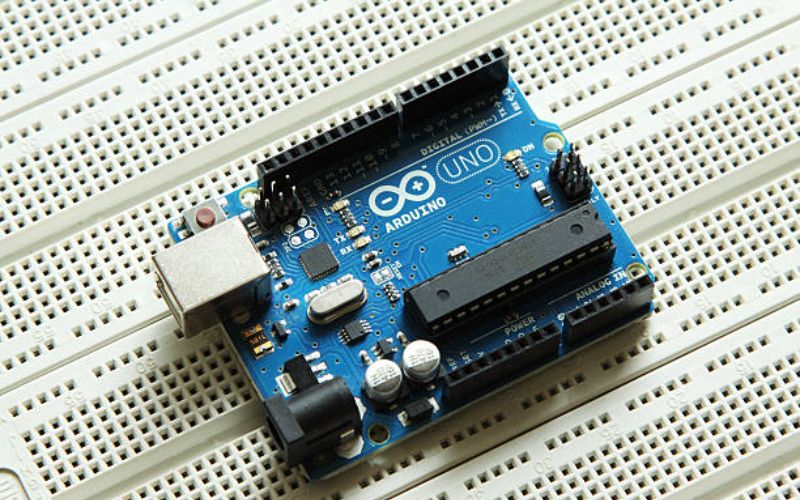Is a copper heatsink better than aluminum??
If you are trying to choose between copper and aluminum for a heatsink, it's important to understand the pros and cons of each material. Both metals have their own strengths and weaknesses, and ultimately the right choice will depend on your specific needs and requirements. In this article, we'll dive into the differences between copper and aluminum heatsinks and help you make an informed decision.
Copper Heatsinks: Advantages
Copper is an excellent conductor of heat, and it has a thermal conductivity of around 400 W/mK. This means that copper heatsinks are very effective at dissipating heat quickly and efficiently. Compared to aluminum heatsinks, copper ones are generally smaller and more effective at removing heat from a small area. Copper heatsinks are also more durable and less likely to corrode over time, especially when exposed to high temperatures.
Copper Heatsinks: Disadvantages
One of the main disadvantages of copper heatsinks is their cost. Copper is an expensive material, which means that copper heatsinks tend to be more expensive than their aluminum counterparts. Copper heatsinks are also heavier than aluminum heatsinks, which can be a disadvantage in some situations where weight is a concern. Finally, copper heatsinks can be more difficult to manufacture than aluminum heatsinks, which can also drive up their cost.
Aluminum Heatsinks: Advantages
Aluminum is a lightweight and low-cost material, which makes it a popular choice for heatsinks. Aluminum heatsinks are generally easier to manufacture than copper heatsinks, which means that they can be produced at a lower cost. Aluminum heatsinks are also more lightweight than copper heatsinks, which can be an advantage in situations where weight is a concern. Finally, aluminum heatsinks are more widely available than copper heatsinks, which can be an advantage in some situations.
Aluminum Heatsinks: Disadvantages
One of the main disadvantages of aluminum heatsinks is their thermal conductivity, which is around 200 W/mK. This means that aluminum heatsinks are less effective at dissipating heat than copper heatsinks. Aluminum heatsinks also tend to be larger than copper heatsinks, which can be a disadvantage in situations where space is limited. Finally, aluminum heatsinks are more prone to corrosion over time, especially when exposed to high temperatures.
Copper vs. Aluminum Heatsinks: Which is Better?
The answer to this question depends on your specific needs and requirements. If you need a heatsink that is very effective at dissipating heat and can withstand high temperatures for a long time, then a copper heatsink may be the right choice for you. However, if you need a lightweight and low-cost heatsink that can be easily manufactured, then an aluminum heatsink may be a better choice.
Other Factors to Consider
When choosing between copper and aluminum heatsinks, there are a few other factors that you should consider. For example, the surface area of the heatsink can have a big impact on its effectiveness. A larger heatsink will generally be more effective at dissipating heat than a smaller heatsink. The shape of the heatsink can also affect its effectiveness, as can the type of cooling method that you use (such as forced air cooling or liquid cooling).
Copper and Aluminum: Using Both Materials Together
Some heatsinks use both copper and aluminum in their construction. For example, a heatsink may have a copper base with aluminum fins. This can be a good way to take advantage of the strengths of both materials. The copper base will be very effective at removing heat from the source, while the aluminum fins will help to dissipate the heat more widely.
Final Thoughts
When it comes to choosing between copper and aluminum heatsinks, there is no one-size-fits-all answer. Both materials have their own strengths and weaknesses, and the right choice will depend on your specific needs and requirements. Consider factors like thermal conductivity, weight, cost, and durability when making your decision, and don't be afraid to use both materials together if that makes sense for your application.

